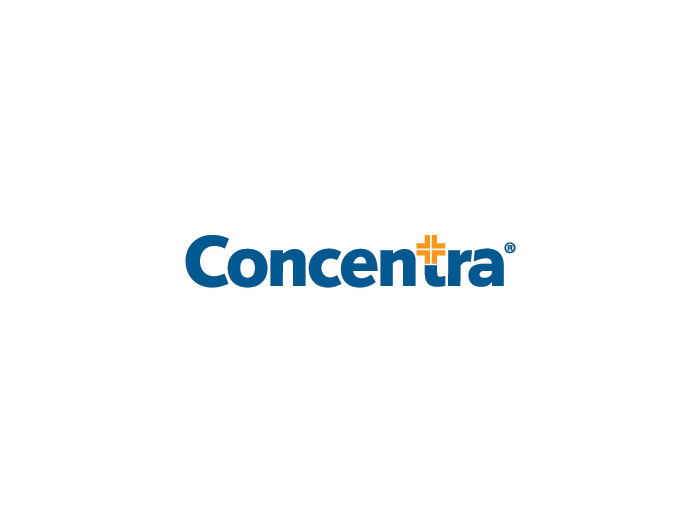Target Breach a Threat to All
Computer security breaches that enable the theft of confidential financial information are no laughing matter. Just ask the 110 million or so people who have been affected by the infamous hack into Target’s customer-facing systems. So why should we in the insurance industry be sitting up and taking notice?
Internet sources report that this particular break-in used a form of memory-scraping malware technology that captures information as it is being input at the point of sale, but before it can be encrypted in the retailer’s systems.
We in the seemingly safe insurance sector may feel bad for our friends in retail, but before we get to feeling too comfy, it would be wise to consider that retail isn’t the only industry using point-of-sale (POS) devices. In fact, such input devices are used in lots of industries — retail, hospitality and health care among them.
It is that final class of users that should give us pause in the insurance sector. In case you weren’t paying attention, the Affordable Care Act requires electronic record-keeping. This naturally involves uncountable points of sale in doctors’ offices, clinics, and hospitals, not to mention places like Wal-Mart that are beginning to offer insured health care services.
Many of the individuals affected by the Target, et al., breach are promising never to do business with the involved retailers again. But what if the breached party was a major broker or insurer?
In the Target heist, an executive reported that someone had actually installed the malware on its POS systems. How that was done is a mystery at this writing, but one has to assume that these systems were connected to the Internet — which would allow the thieves to then retrieve the stolen data remotely. So, it seems likely that the malware was also remotely introduced into Target’s systems, as well as those of Nieman Marcus and other affected retailers.
These kinds of attacks are not exactly on the cutting edge of technology, however. According to InformationWeek, “Memory-scraping attacks date from at least 2011, when security researchers first spotted an advanced version of the Trackr (a.k.a. Alina) malware, which can be controlled via a botnet.” So, it won’t just be the most advanced thieves who pull off these kinds of crimes. The less-sophisticated, whether here or abroad, will likely be able to do the same.
Personal financial information is an extremely valuable commodity on the black market, and if you’re a criminal, it seems surprisingly easy to steal. Hackers can sell the credit card numbers for $35 to $100 each, while gold or platinum credit cards go for $60 each, business credit cards for $80 and some platinum cards for $100, said Cisco security researcher Levi Gundert in a blog posting. Interestingly, the information stolen in the Target incident includes names, addresses, credit card numbers, PINs and other data that enable thieves to assume an individual’s identity — which could lead to far bigger losses for those who are victimized.
Here’s the bottom line. Many of the individuals affected by the Target, et al., breach are promising never to do business with the involved retailers again. But what if the breached party was a major broker or insurer? Can insurance companies and brokers — already involved in a dog-eat-dog competition for insureds — afford to have that kind of backlash aimed at them?
The answers remain to be seen, but it is clear that with cyber crime escalating and becoming easier to perpetrate, our industry cannot stand back and hope the boogeyman goes away.










